Faculty Directory
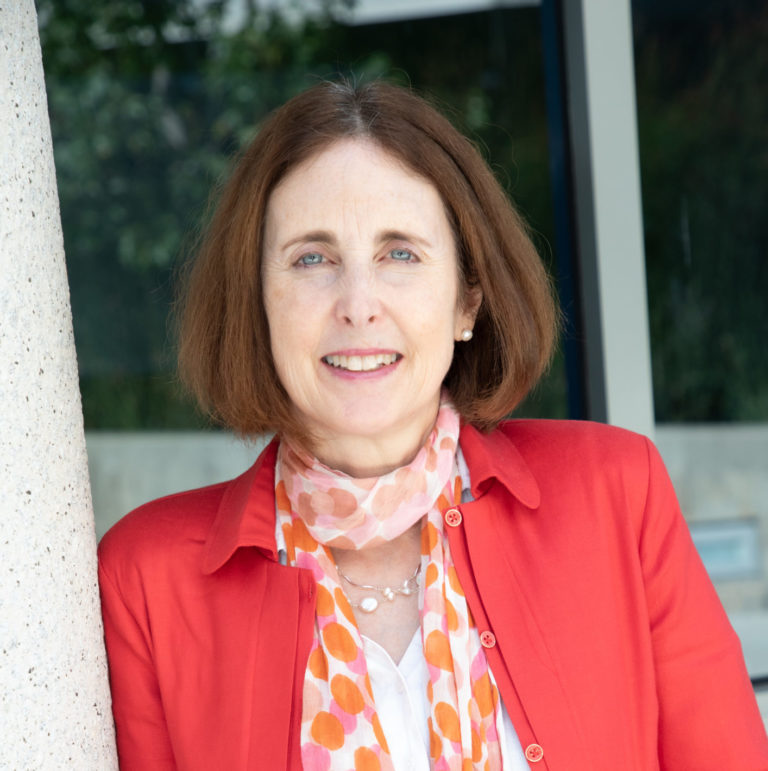
Abigail Abrash Walton, PhD
Chair
Environmental Studies
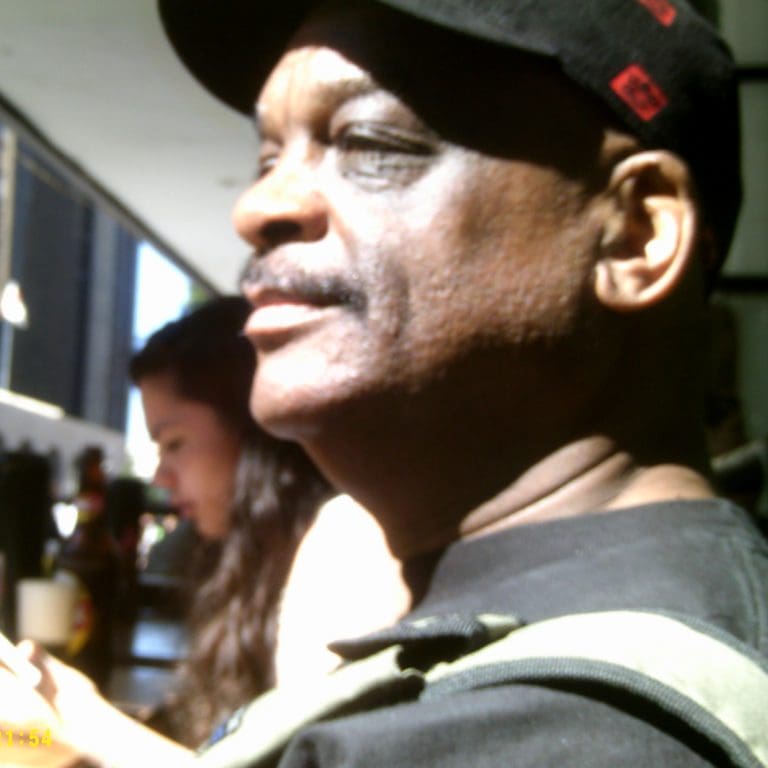
Cheka Abubakari
Lecturer
Undergraduate Studies, Bridge Program
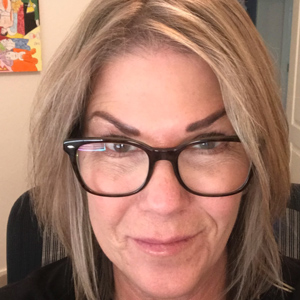
Donna Ackerman, PsyD, LMFT
Adjunct Faculty
MA in Clinical Psychology
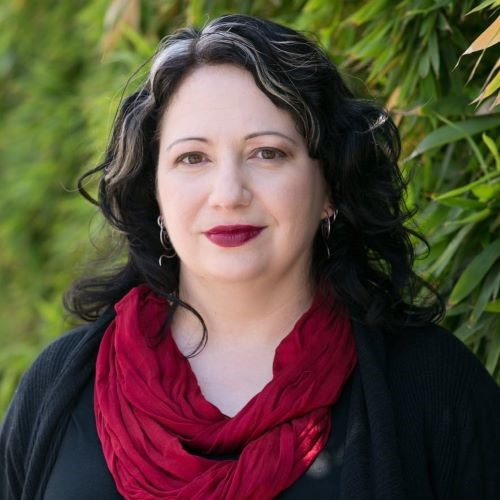
Sheila Addison, PhD
Core Faculty
Couple & Family Therapy
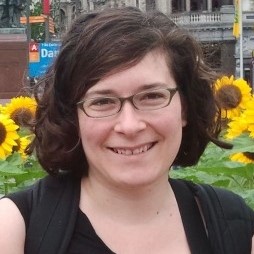
Allison Adelman
Dissertation Coordinator
PsyD in Clinical Psychology
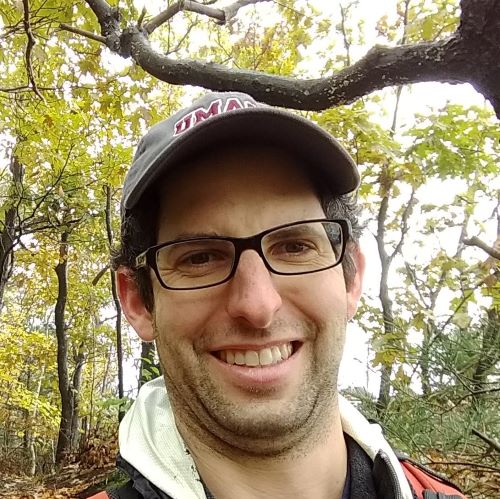
Michael Akresh, PhD
Core Faculty,Co- Director
Environmental Studies, ASAL
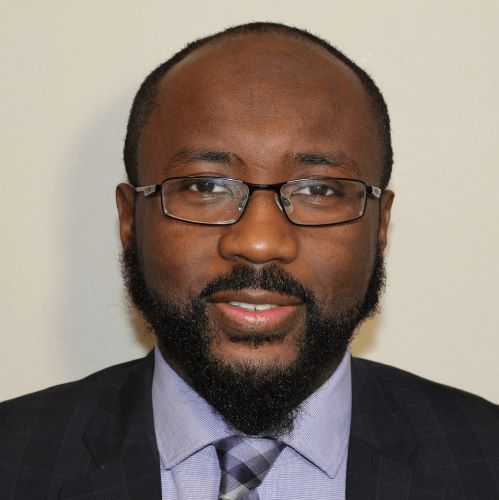
Khalid Al-Fallatah, PhD
Affiliate Faculty
Clinical Mental Health Counseling
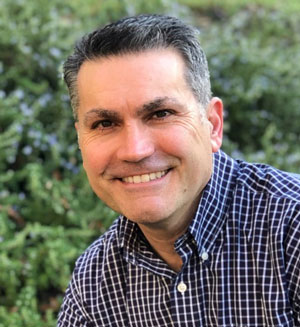
Pete Alexander, PhD
Adjunct Faculty
MBA Program
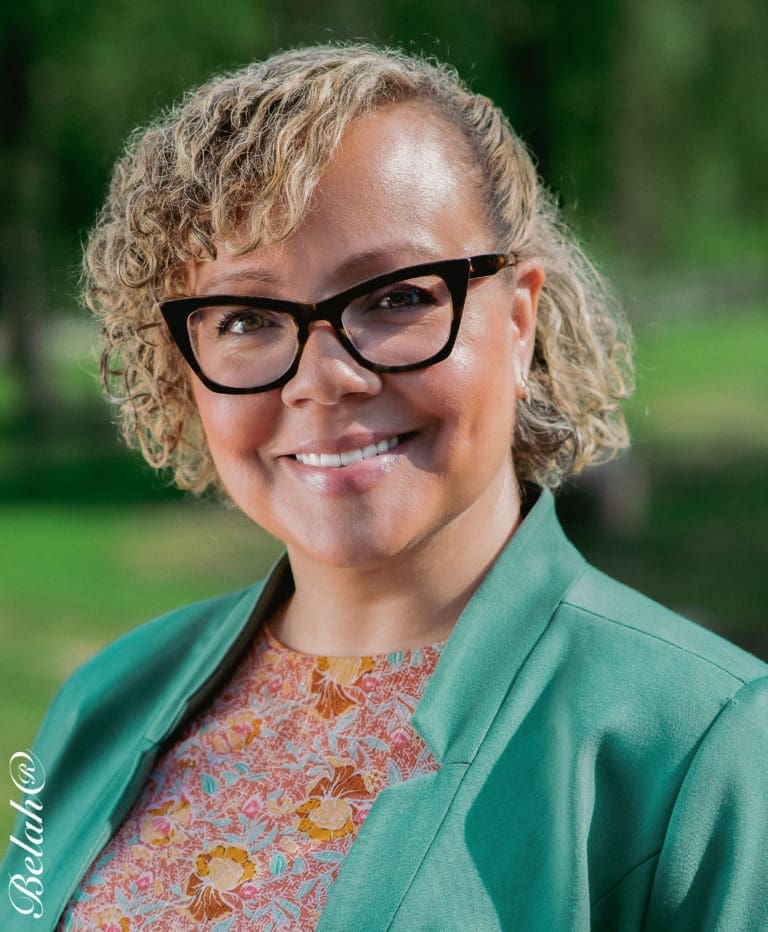
Pia Alexander
Teaching Faculty
MA in Couple & Family Therapy
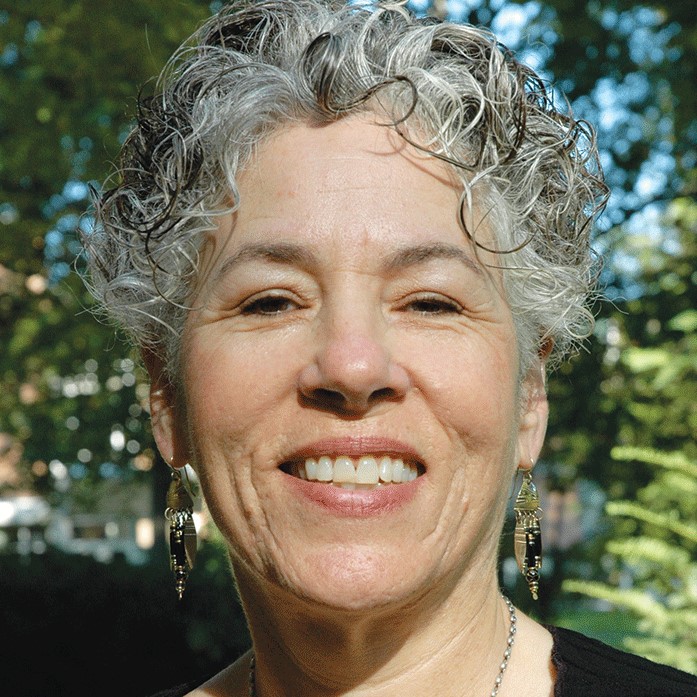
Laurien Alexandre, PhD
Dean Emerit
Graduate School of Leadership & Change
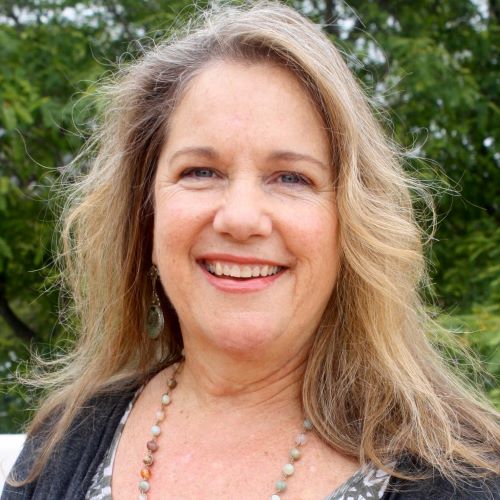
Debbie Allen, LCSW
Adjunct Faculty
MA in Clinical Psychology
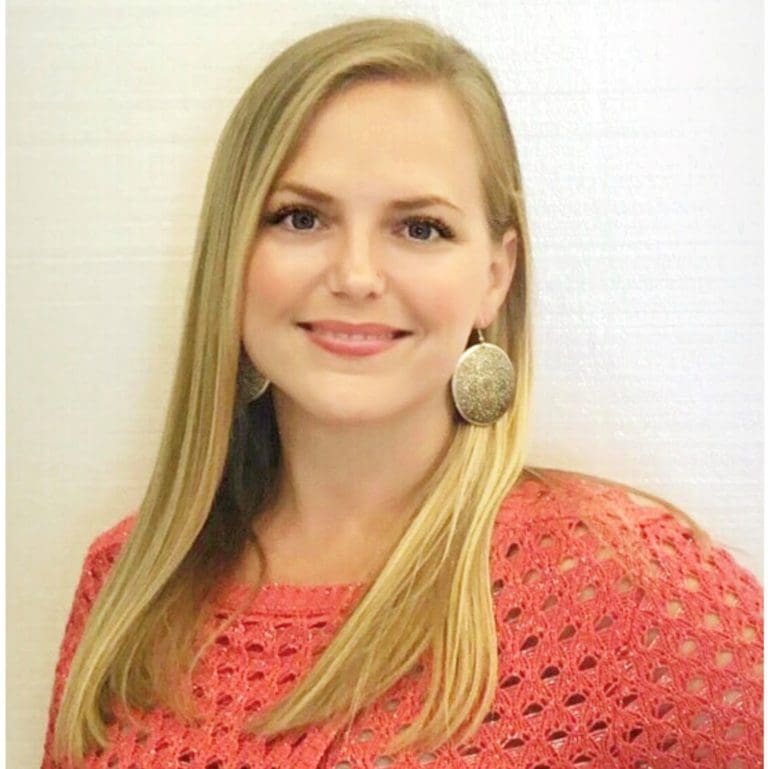
Summer Allen, PhD
Assistant Professor
Clinical Mental Health Counseling

Jill Anon
Adjunct Faculty
Education Department

Katya Apekina
Elective Faculty
MFA in Creative Writing Program
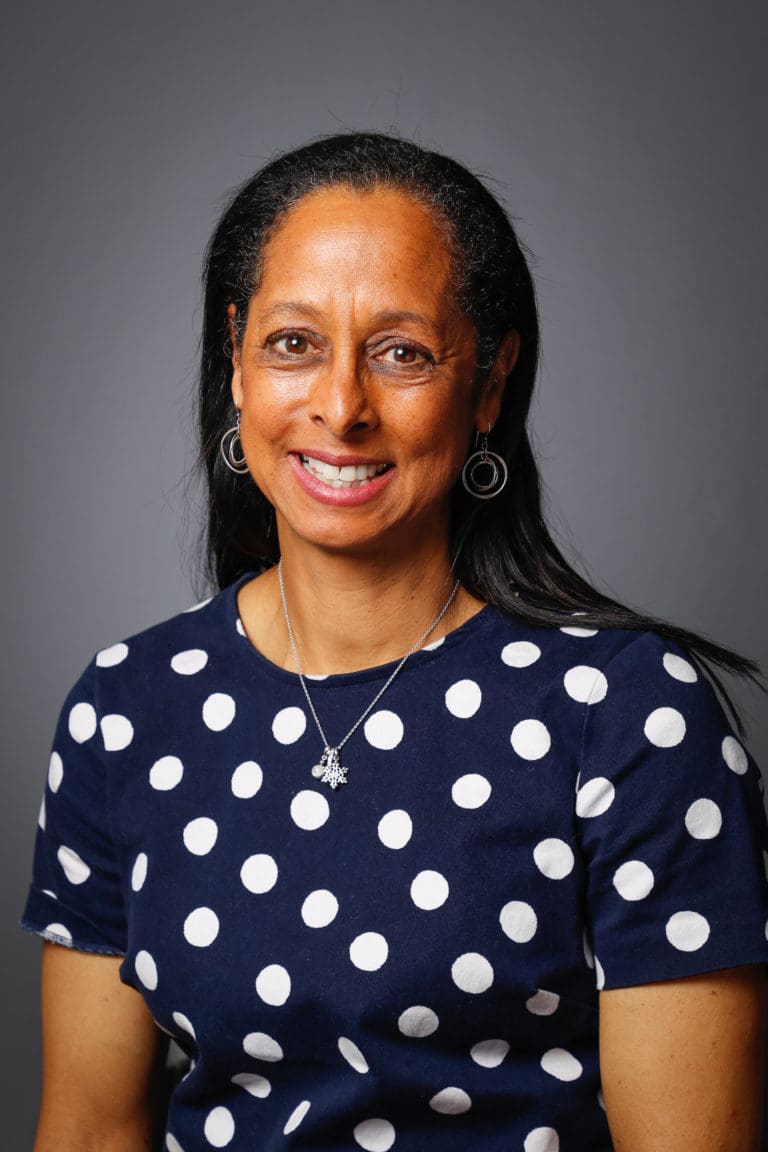
Katya Armistead
Co-Facilitator
Women in Leadership
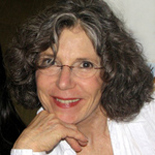
Cheryl Armon, EdD
Professor Emerita
Undergraduate Studies
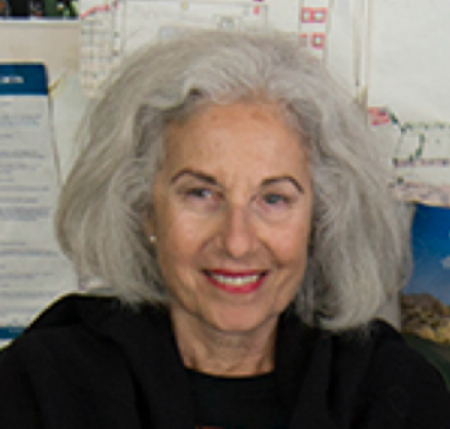
Grace Arnold, PhD

Hope Ashby, PhD
Core Faculty
MA in Clinical Psychology
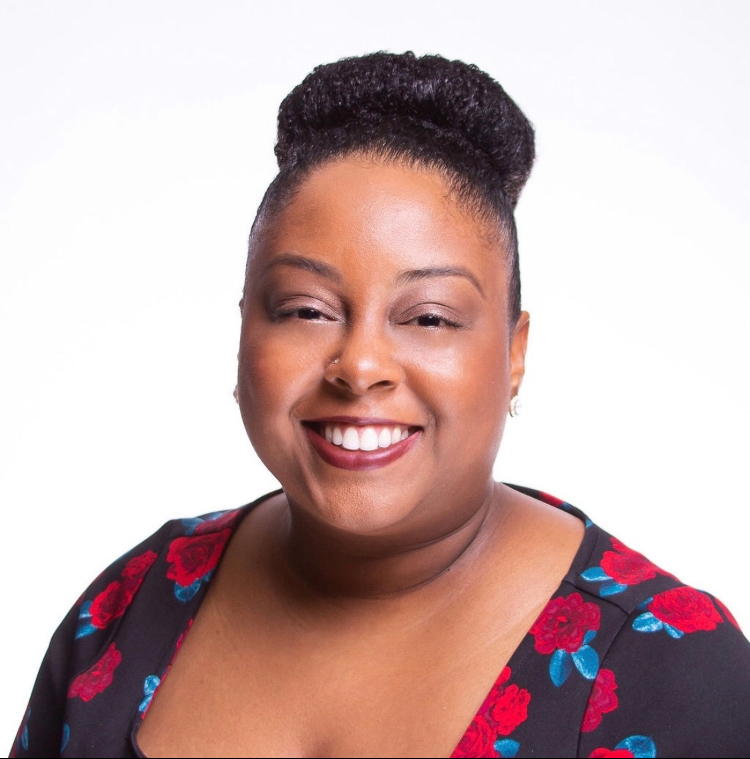
Anastasia Ashe, PsyD
Teaching Faculty and Director of New Student Support
Masters of Arts Clinical Psychology Program

Starlin Astacio, PhD, LMFT
Core Clinical and Academic Faculty
Graduate School of Counseling, Psychology, and Therapy
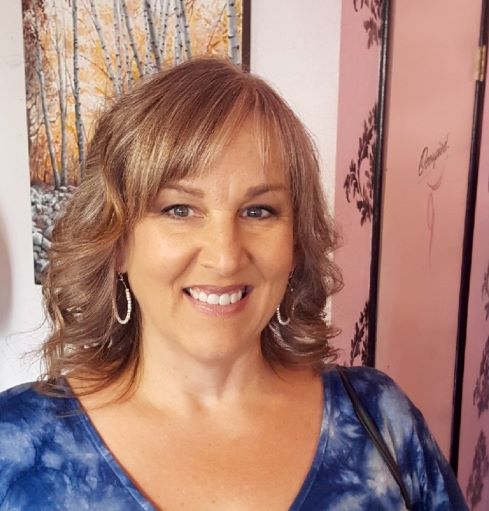
Andrea Auten, MFA, MA
Adjunct Faculty
Undergraduate Studies
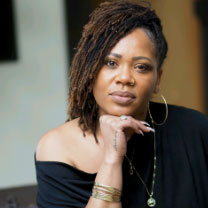
Jeshana Avent-Johnson, PsyD
Adjunct Faculty
MA in Clinical Psychology

Cheryl R. Azlin
Director of Clinical Training, PsyD Program
School of Applied Psychology, Counseling and Family Therapy
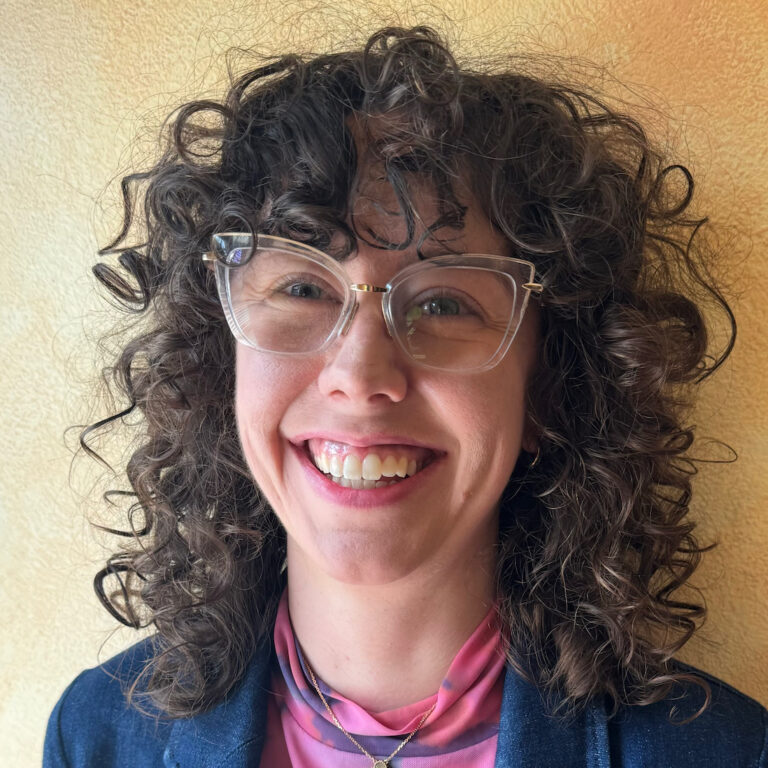
Kattie Bachar, MA, LMFT
Adjunct Faculty
MA in Clinical Psychology
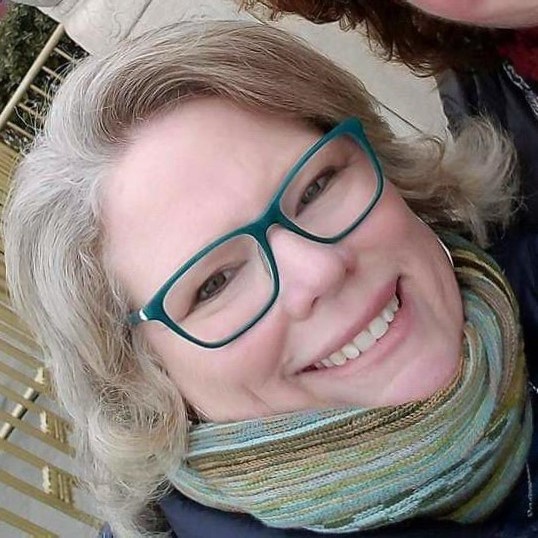
Dani Baker, MA, LMFT, ATR
Associate Chair & Teaching Faculty
Clinical Mental Health Counseling
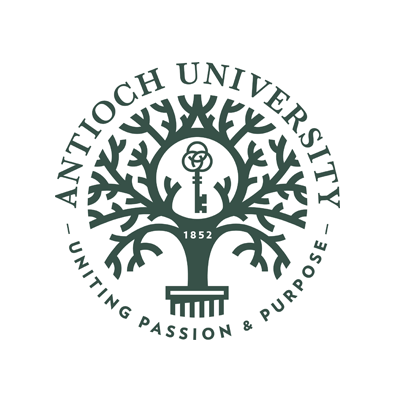
Emily Baker
Teaching Faculty
Counseling
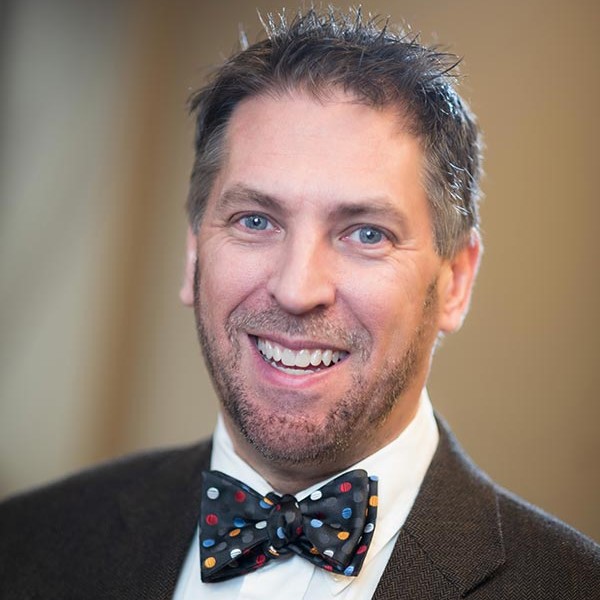
Kenneth Baker, PhD
Chair
MBA Program
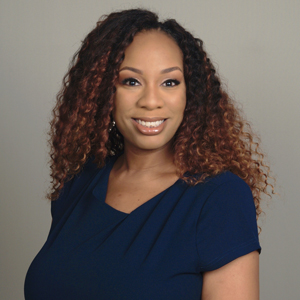
Angela Banks
Clinical Faculty
Clinical Mental Health Counseling
